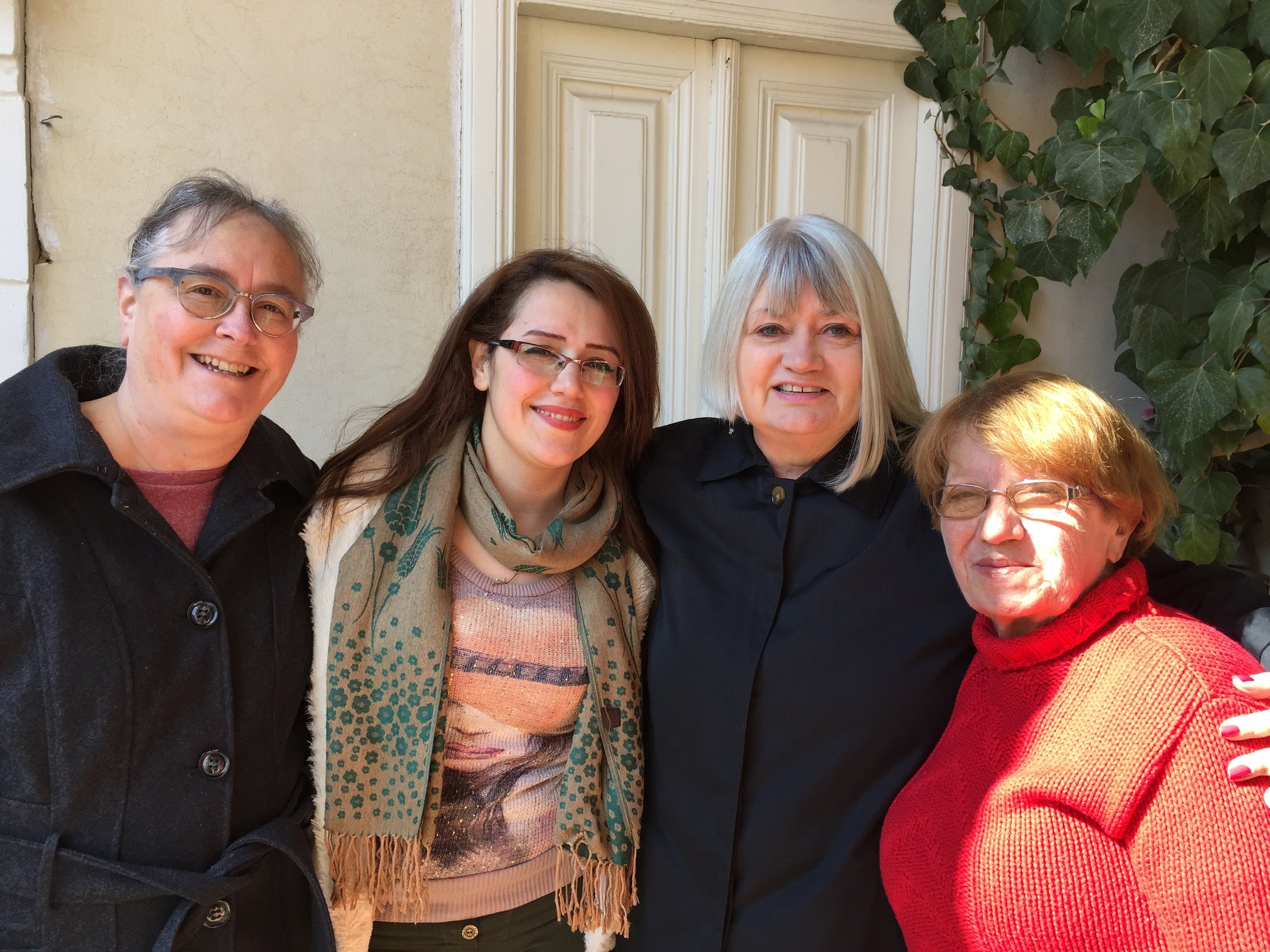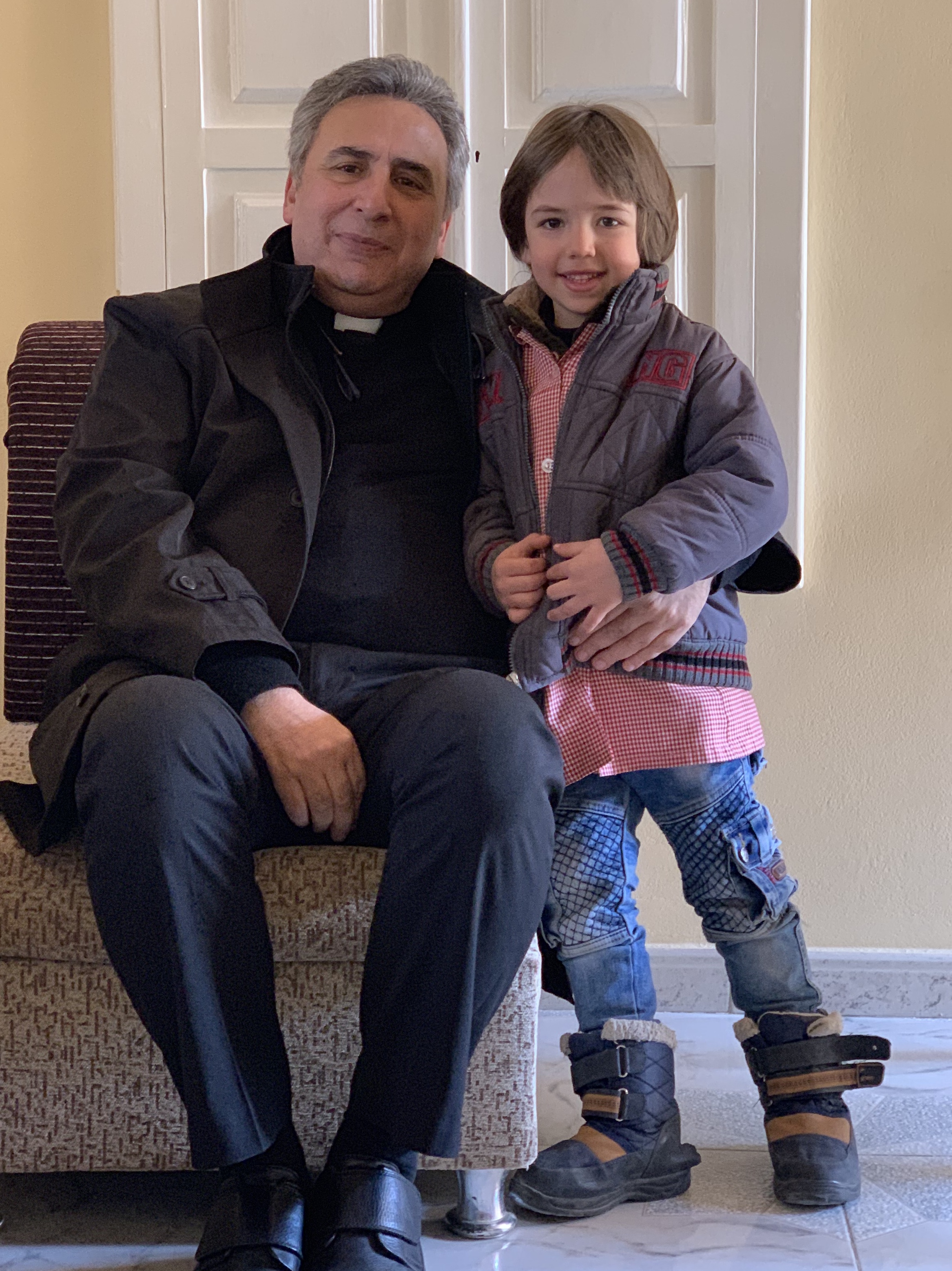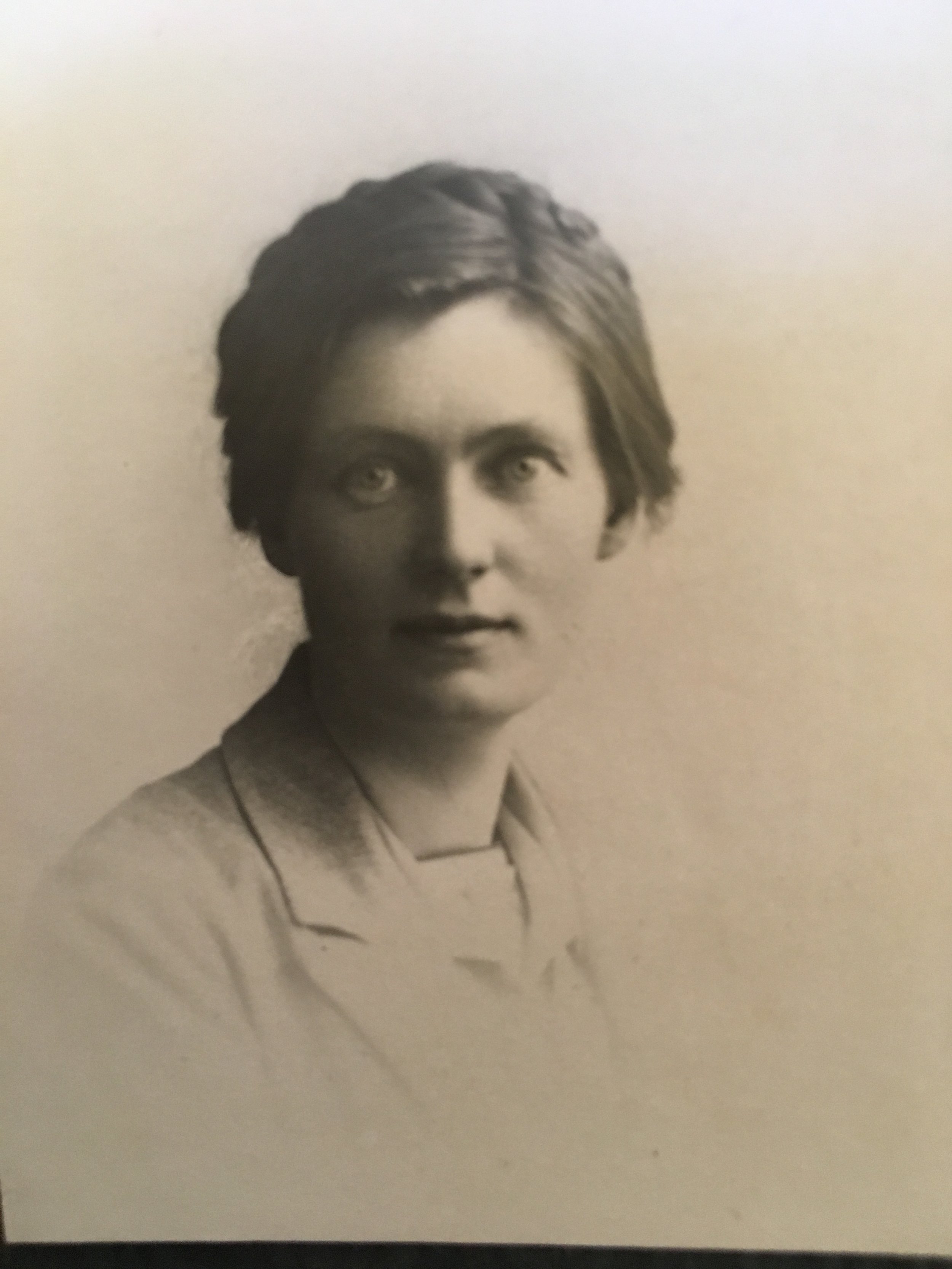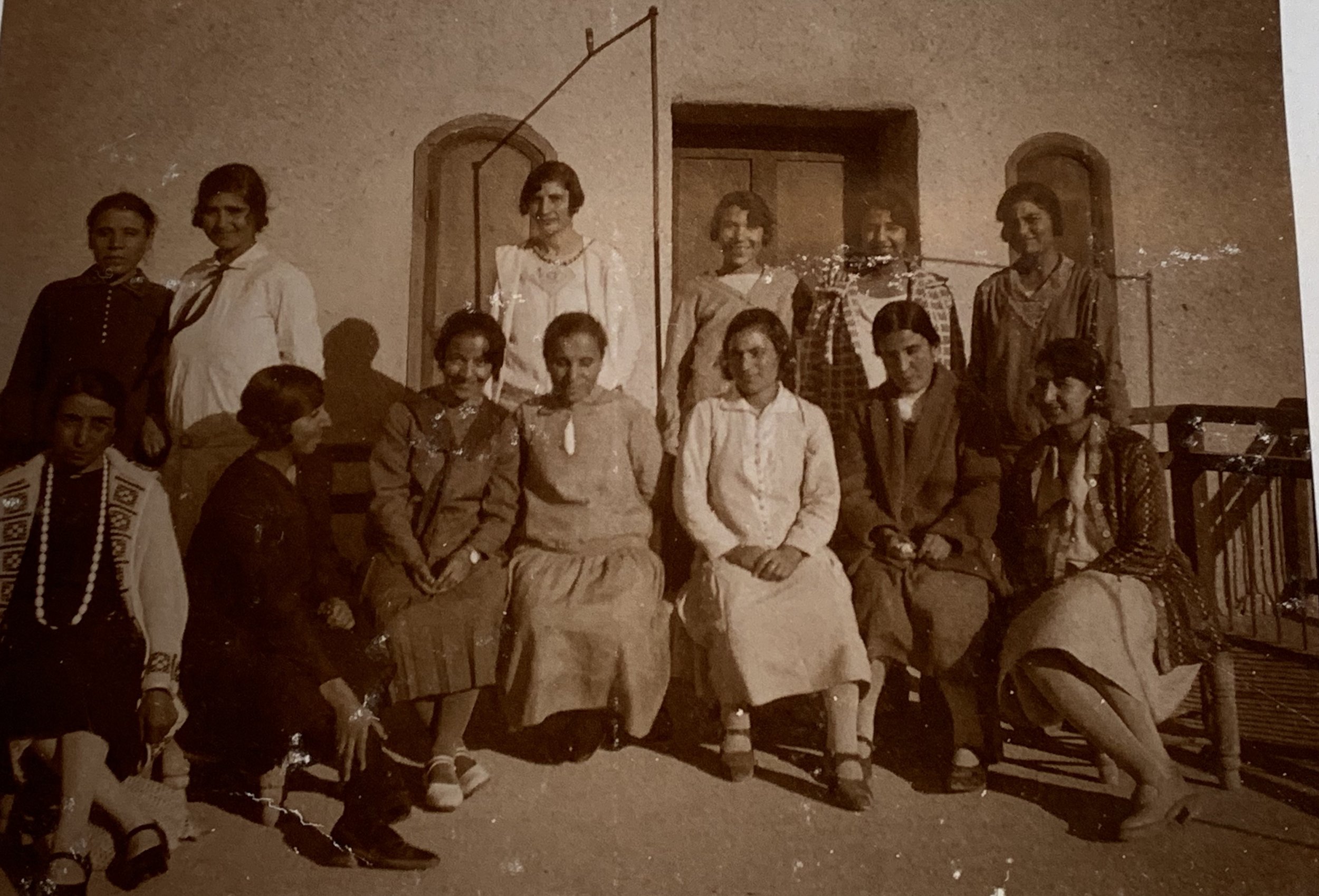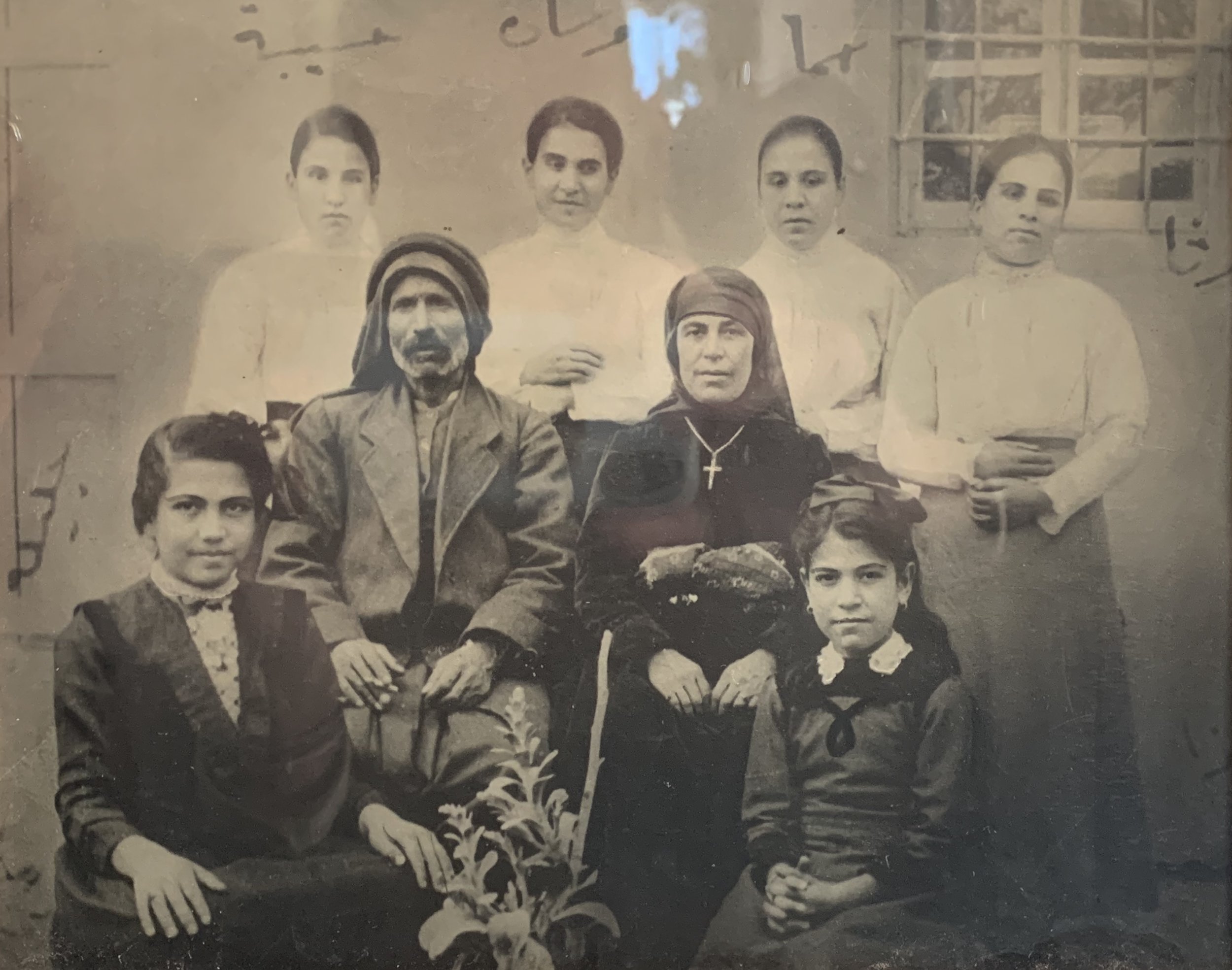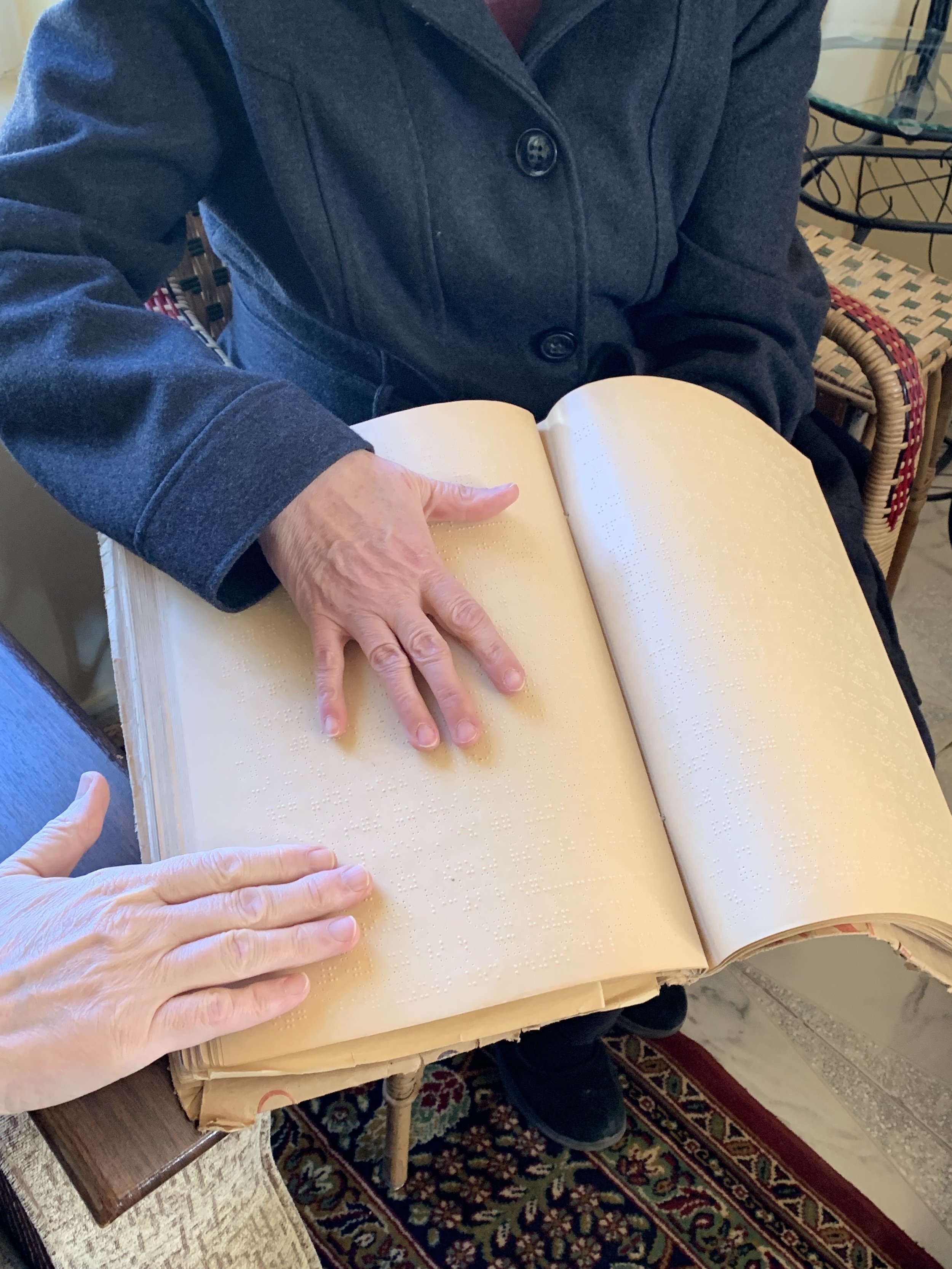Lebanon/Syria #9: After Death Comes Resurrection
by Julie Burgess, for the team
I met Mathilde Sabbagh, now pastoring the church in Hasakeh, while she was a student at NEST, the seminary in Beirut, in May, 2013, on an Outreach trip. I remember her words very well and they are the title of this blog. This is the good news of the gospel: Jesus lived, died and rose again, and those of us in Christ die to ourselves and are resurrected in new life. This is what we celebrate in baptism.
Today we left the comfort of the Beit Al Wali Hotel in Damascus and headed for Aleppo, about a six-hour drive to the north. Before leaving the crush of the city traffic in this busy old city to eventually get on the highway, we started to see the damage. The farther we drove the worse it got, until eventually we came to the Douma area which was the last part of Damascus to be relieved of the terror of radicals. Crushed and broken buildings, floors pancaked on either side of the road reminded us that though peace seems to have returned, there has been so much loss. We also drove through a bit of Homs as we went on our way. Some on this team visited there in 2014 after the siege of that old city had been relieved and we remember what we saw then. Over four years later, we see the same thing: The crushed and battered buildings. The broken glass. The twisted metal. Empty houses and businesses. And yet...when you looked closer you would see a small shop selling fruit or chips or the coffee stands which have sprung up. There was laundry hanging out to dry. Children headed home from school. There are people who have returned and are starting to rebuild their lives.
As we approached Aleppo, we drove past the carcasses of destroyed vehicles, some were probably military, some probably civilian. It was hard to tell from an iron skeleton with only the rusty skin attached, so you had to measure by size. Rolling on through agricultural fields, some with large flocks of sheep, we passed many, many destroyed and abandoned villages, most of them one- or two-room buildings. The only people we saw were the lone shepherd, or small groups of people harvesting or gleaning something, maybe potatoes. Driving into Aleppo from the east, the large destroyed buildings reappeared, block after block after block.
Welcome to Syria as we near the eighth anniversary of the start of the crisis. I won’t share pictures of it; it’s hard enough to see it firsthand and you just cannot capture it in still photos as you drive. Take my word for it and the word of those on this team.
So where is resurrection?
Well the glimmer of life is in those little shops in broken buildings. It is in roadside coffee stands. It is in traffic flowing that those of whom were here ten months ago did not experience. It is laundry drying in the cold February sun.
But there is a better story than that to tell of resurrection from this day’s journey. We found it in the city of Nabak.
We arrived in Nabak about two hours after we left Damascus. Turning off the main highway into this place we drove through narrow, twisting streets uphill to the Presbyterian Church. It was actually planted by Danish Lutheran missionaries around 1880 but was eventually turned over to the Synod in the last century. There to greet us at the gate was Maher and his wife Myrna, whose son Christian had been baptized just last year in a resurrection ceremony for the church. You can read about it in this September update from Outreach.
The church itself was greatly damaged during tough action here and with the vision that churches should be rebuilt to proclaim that Christians – and therefore Christ – are still in this place, it was renovated. There are only three families that are part of this small Presbyterian congregation, but what was that thing that Jesus said? Where two or three are gathered...
Destruction. Resurrection. This is the story of the gospel. Please read more about it in that update.
What I really wanted to share tonight is the story of one of those families. Along with Maher and Myrna and their sweet now-baptized son Christian, we met Helwe, Maher’s elderly aunt. From her we heard the story of the church, the school and the hospital that were part of this mission compound. She shared with us the photo of the young Danish woman who came to be a part of the mission, as Marilyn said, such courage to come alone! She told of five blind daughters – Helwe’s own cousins – who were sent to Bethlehem in Palestine to learn Braille and to come back to Nabak to teach students in the school. Those who were blind were opening young eyes and minds to education. This is true vision, the vision of one who gives life and gives it abundantly.
Helwe, who never married, pledged that she would care for these five sisters in their later years until they went home to be with Jesus. As the last one remained, and Helwe herself had advanced in years, Maher and Myrna came to help with their care. Such a legacy for this family! All of them lived in a house that was provided by brothers of the five sisters who had emigrated to America. Sitting in the parlor of this wonderful Syrian family home, warmed by a heater on this chilly day, served coffee and cookies as is the way of hospitality here, Helwe brought out old photos of the original congregation and of these five educators at the mission school. She also brought out a yellowed booklet, bound in an old dry cleaners bag. This was the Braille hymnal that those dear women had used to praise God in music. We placed our hands on it and felt the praises of God.
On a day of driving through destruction, we paused for a rest in the renovated church and heard the story of faith and faithfulness of the two or three gathered. We took photographs with the newly baptized. God’s praises were tactile under our fingertips. We shared the cup. So yes, indeed, raise the roof, for there is resurrection after death and that is the good news.
Julie Burgess, West Hills Church, Omaha, Nebr.

